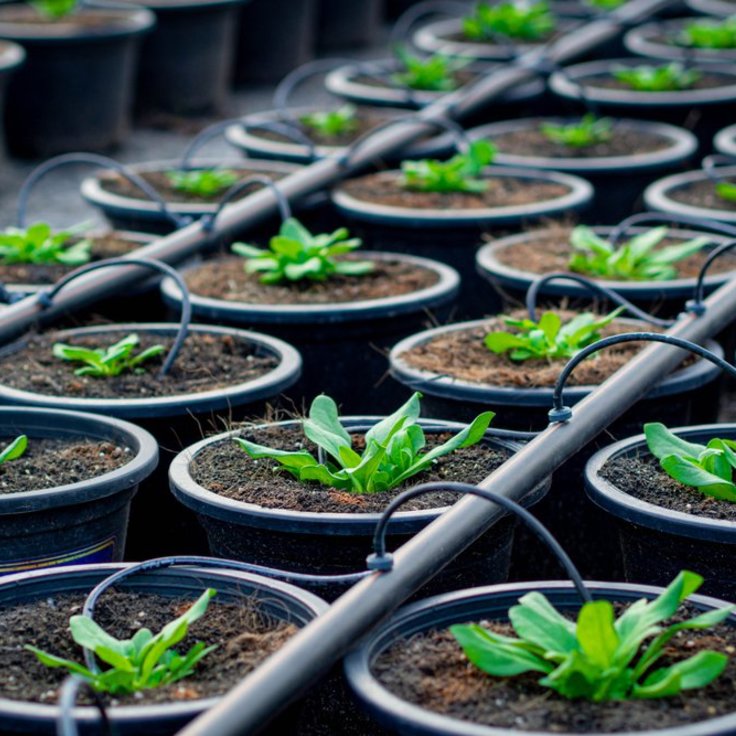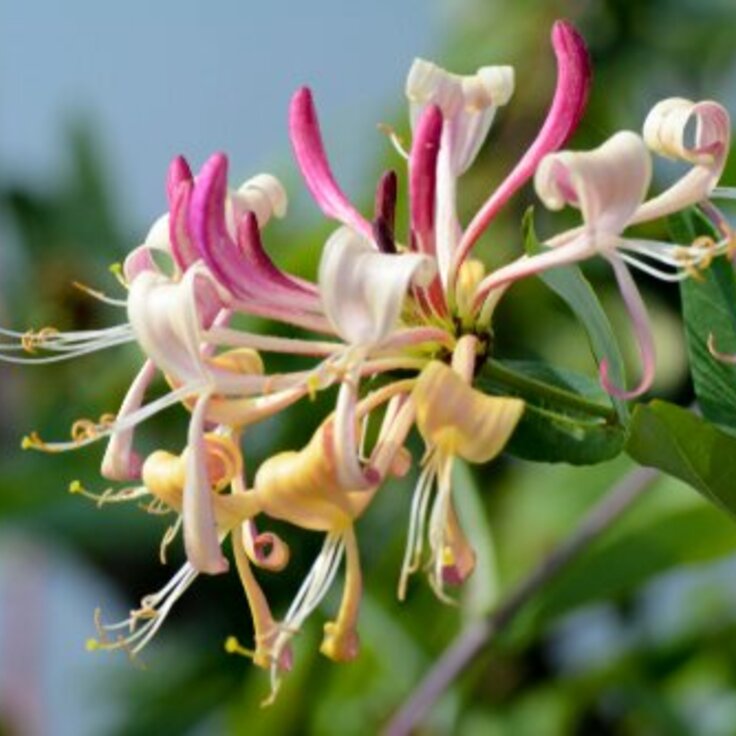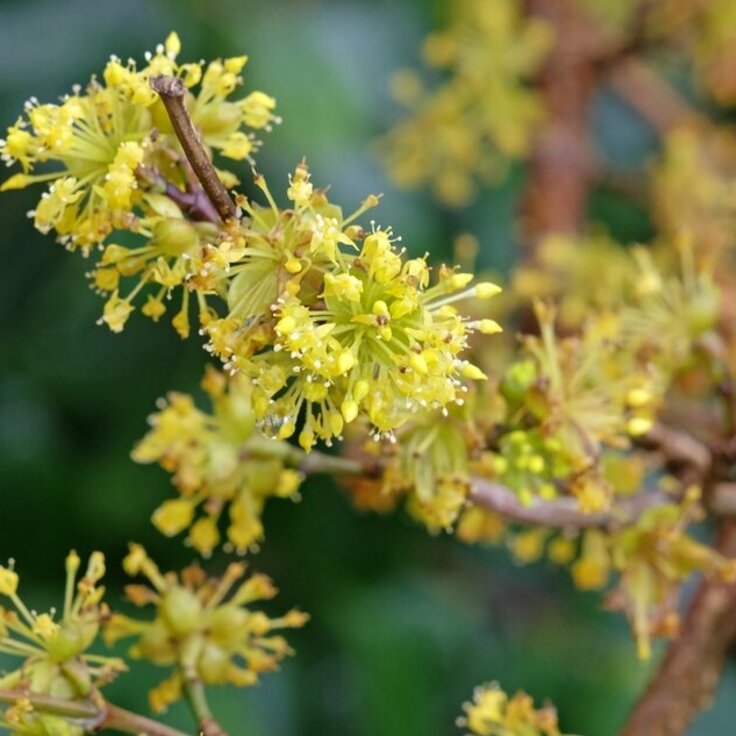Summer Citrus care
There’s a few timely jobs to do if you want a good crop of lemons, limes or oranges this year, says Kris. My garden is full of the sweet scent of lemon blooms at the moment, but to turn those flowers in to fruit, my tree needs some attention.
I moved it outdoors in May, taking a gamble with late frosts, but it was starting to lose leaves where I was unable to give it a good drink without flooding the conservatory floor. Being evergreen, citrus constantly drop the odd leaf. If lots of leaves dry and fall from your plant check that you’re watering sufficiently. Don’t panic if this happens though – my citrus lost all foliage over winter a few years ago, and now look at it!
Here are my top five essential jobs for the summer season.
Pruning
Removal of larger branches is best done in winter. To encourage a bushy habit and increase branching, the new branches should have their tips removed as they reach 4-6in (10-15cm)
Watering and feeding
Water plants in large pots at least once a week, allow composts to dry, but don’t leave long before watering again. Smaller pots will need watering more frequently. Citrus like a good level of humidity, if this isn’t achieved out on the patio, use a fine spray on foliage to prevent leaf stress.
Through the summer add a citrus-specific summer feed to the watering can once a week. This will provide nutrients to encourage healthy foliage, flower and fruit development. With this level of feeding it is a good idea to wash the compost through with lots of water once in summer and again in autumn to avoid a build up of fertiliser salts
Flowers and fruit
Most citrus are self fertile, but mandarin fruiting can be improved by cross pollination with an orange – simply grow one next to the other. The main blooming should take place in May, but healthy plants will repeat flower through the season, setting fruit each time. Lemons in particular can produce too much fruit and may need to be thinned out to prevent damage to branches. Fruit setting is improved by misting the flowers.
Potting up.
It is best to keep citrus plants in the same pot to retain a manageable size for moving in and out. Rather than repotting, the plant is best lifted in February and the rootball trimmed by 2in (5cm) all around, then replaced with fresh compost around the exposed roots, things keeps things to a manageable size for moving in and out at season’s end. However, if your plant is suffering from being potbound at this time of year, it is best to pot on rather than trim the roots, using a citrus specific compost or general soil-based mixed with added grit.
Pest and disease
Just like most plants, citrus are prone to pest problems. Red spider mite, whitefly, aphids, thrips mealybugs, scale, caterpillars and vineweevil, can all cause problems. As soon as infestation or damage is spotted take control. Sprays such as Provado Ultimate Bug Killer should tackle most problems, a specific vineweevil product will be needed if these become a problem on your plants.








